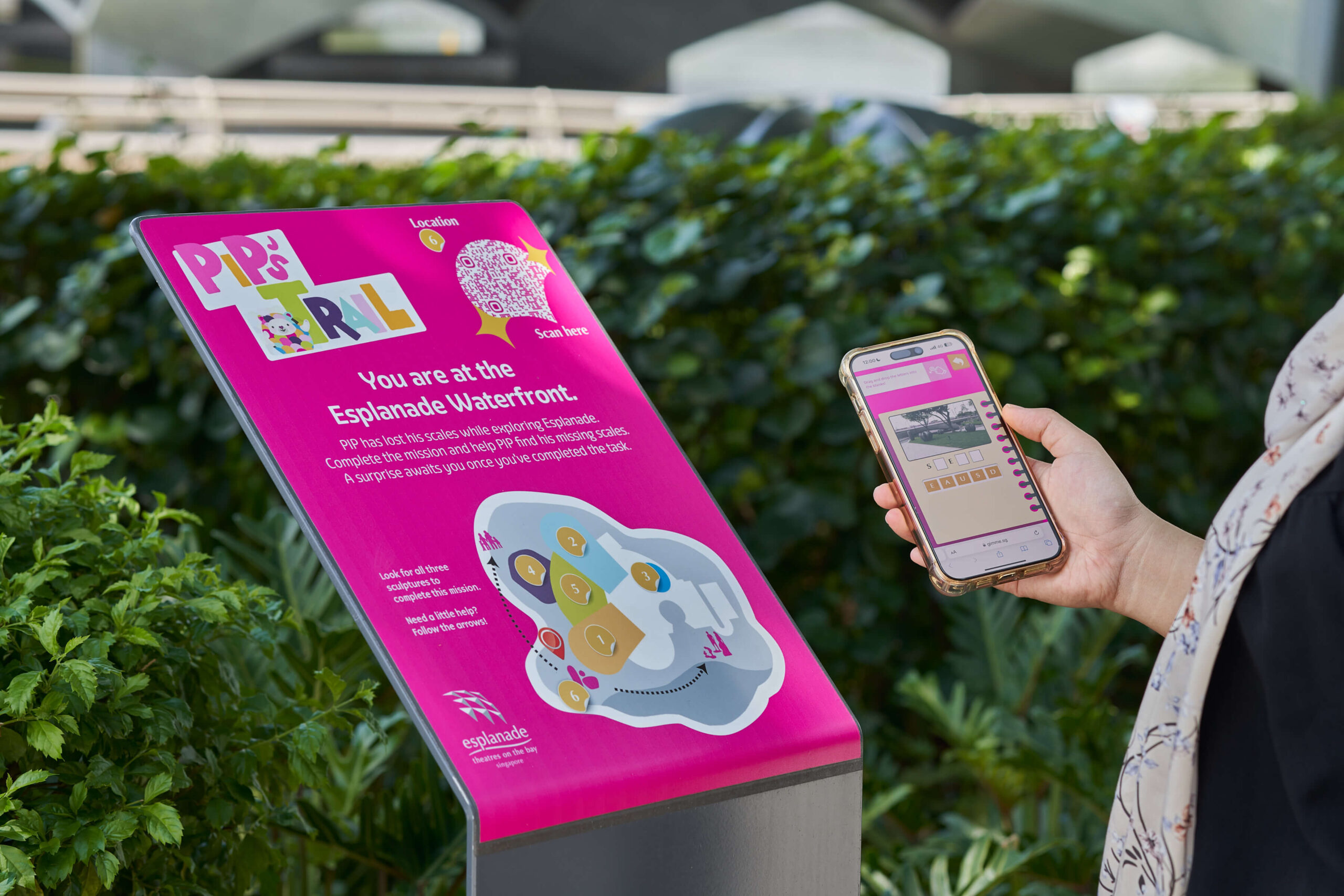Storytelling as a form of communication is an ancient technique that has stood the test of time. Why is it such an effective tool for sharing everything from knowledge to values? You could say that telling and consuming stories is very much a part of our culture and human experience.
Introduction
At HOL, storytelling is the bedrock of the experiences we create. Whether we are designing an experience for a museum, gallery, or an attraction, the first thing we focus on is the story we need to tell. You might wonder why this is important. Aren’t great experiences about creating spectacular showcases that are designed to make audiences go ‘wow’? We believe that your investment should go much further than that.
So, what can storytelling do for you?
There are many ways you can use storytelling to reap both tangible and intangible benefits for your organisation. These are three of my favourites:
1. Use stories to give meaning
We are often asked to create a story using content that is deemed ‘inaccessible’ or difficult for laypersons. Stories can be used to deliver your content in a way that is simple, without being simplistic.
Read about how HOL helped our client give meaning here.
2. Use stories to communicate shared wisdom or value
Help your audience gain a deeper understanding about your brand through a story they can empathise and relate to. Stories are good because they can be used to communicate information in a way that is not didactic. The HOL way is to enable your audience to “get” the wisdom through their own realisation. This is what makes the experience more personal and memorable.
Read about how HOL helped to share the values of a world class institution here.
3. Use stories to bring a community together
Communities are often defined by their shared experiences. Stories can bring the community close together because of their relevance and relatability.
Read about how HOL created an experience that brought a community together here.
The essence of effective storytelling
What are some of your favourite stories? Why do you remember them? If we think deeply about why these stories became our favourites, we might come to the conclusion that they made us feel something.
For every experience we design at HOL, we focus on developing memorable narratives with emotional resonance. Why is this so? We consider a story successful when it can create an emotional connection, or an emotional resonance between the storyteller and the story listener.
Emotional resonance is what makes a good story, great.
A word of caution
To create emotional resonance successfully, we must be aware of the pitfalls to avoid. One common mistake is focusing on the message from the storyteller’s point of view instead of the visitor’s point of view.
Want to know how to make a story even more powerful?
The best stories inspire people to take meaningful action.
When we talk about action, we should be clear that it does not necessarily have to be a grand gesture. For example, your story could be so moving that your audience shares it with someone else. Or, your audience response could in the form of positive feedback at the end of the experience. It could also be in the form of a lively discussion on social media.
Regardless of the shape or form, your emotionally resonant story has acquired a life beyond the boundaries of the physical or digital space where it was first experienced.
Conclusion
Storytelling can help you achieve different goals. At HOL, we believe that when it is done well, storytelling can help you move hearts and change minds.
Your audience may forget what you show and tell them. But they will never forget how you made them feel.





